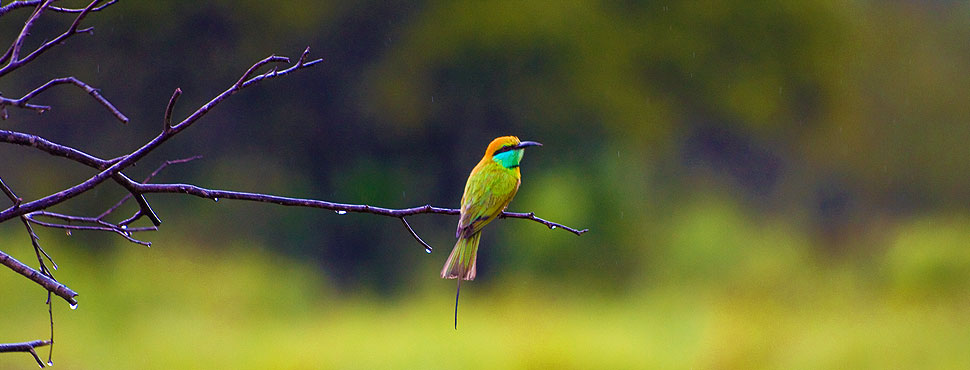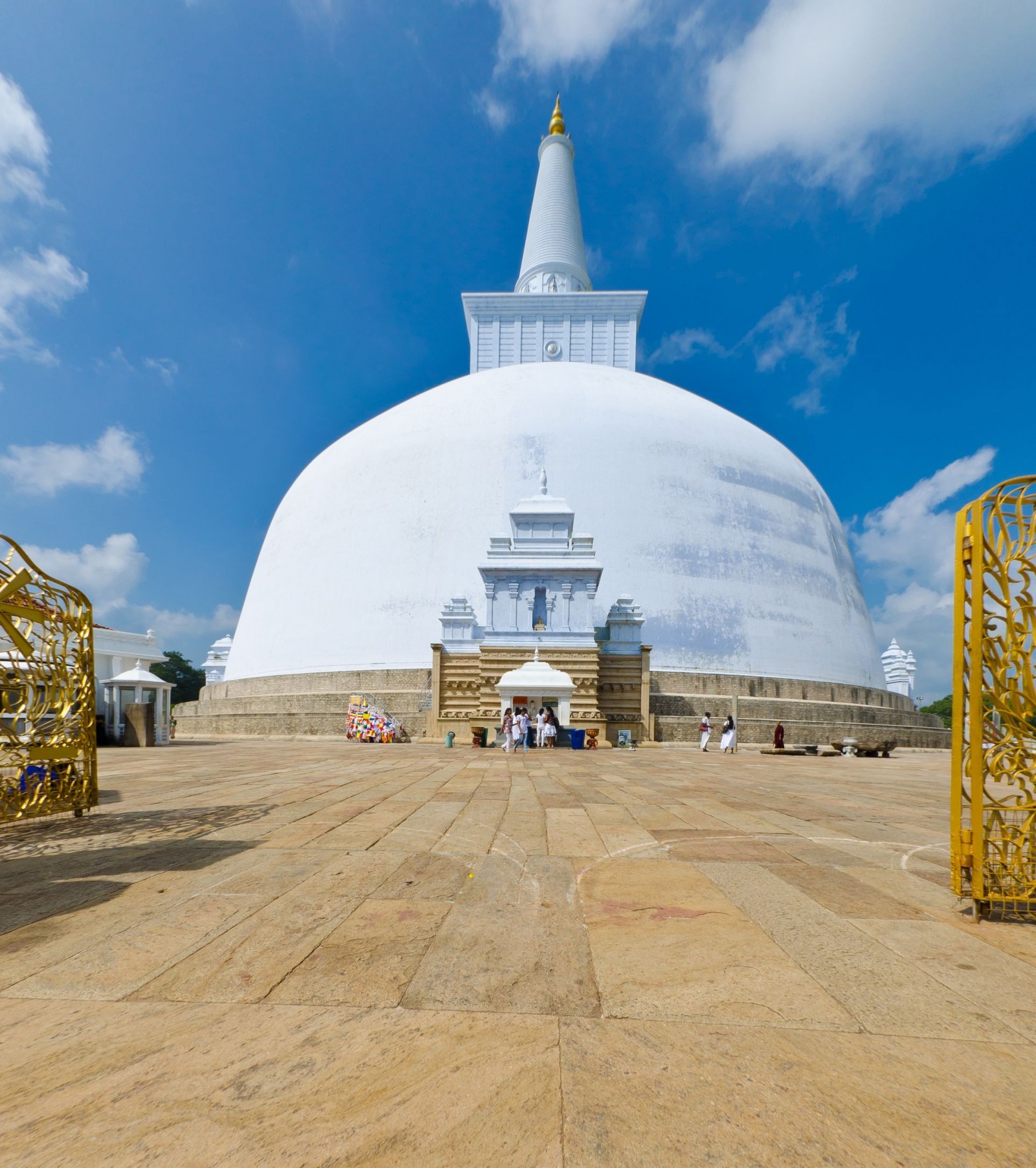Adrift in the ocean off the southern coast off India, Sri Lanka’s comparatively modest size belies the variety of experiences which await the first-time visitor. Lush plantations cover the misty mountain-sides, while elephants bathe in broad rivers and brilliant white beaches line every part of the coast. Though you may wish to stay much longer, the island is compact enough to tour the major highlights in a few weeks. Here’s a little inspiration to get started…
Whether you’re touring Asia or just looking for cheap holidays in 2013, the west-coast city of Columbo is the most common arrival point and from here, it’s possible to follow a number of routes to some of the best inland and coastal attractions. Make time for a journey north-west from the capital to see Sigiriya, the site of an ancient settlement built upon the ‘Lion Rock’ which towers some 200m over the verdant treetops. Along with the palaces of nearby Polonnaruwa, Sigiriya is a significant World Heritage Site.
Many visitors make the journey into the heart of the country, stopping in or around the city of Kandy. The dramatic setting of valleys and peaks here is marked by historic Buddhist temples, lush tropical gardens and the intertwining alleyways and marketplaces of the city itself. Travel out to Hatton to the famous tea plantations and see leaves picked by the colourfully-robed workers or try your hand at the task.
More energetic travellers should head southwards, where the region around Belihuloya offers nature trails along the river, cycling tracks to the 80-foot falls at Duvili Ella or canoeing on the Samanalawewa reservoir. Whilst on the road, don’t miss the chance to travel by three-wheeled ‘tuk-tuk’ and experience the winding rural lanes at breakneck speed, in true Sri-Lankan style.
When you’ve exhausted the interior, the beaches of Sri Lanka can provide days of peaceful relaxation in the year-round sunshine. The south-west is home to Arugam Bay, which is not only a favourite for beach-lovers, but a surfing hotspot and prime destination for fresh Sri Lankan cuisine, delivered to your plate straight from the Indian Ocean.
Lastly, don’t leave this part of the country without exploring one of the finest natural reserves, Yala National Park. A beautiful habitat, home to creatures as varied as leopards and elephants, the park also stretches down to the coastline and encompasses vast underwater coral gardens within its perimeters.
Naturally, there’s a lot more to experience on this characterful and irrepressibly friendly island than it’s possible to mention. But whether you find its magic in the cultural marrow of the ancient cities, the beauty of the mountain-filled panoramas or simply the welcoming smiles of the local people, Sri Lanka is one Asian destination that deserves as much time as you can spare.
Image (c) YoTuT


